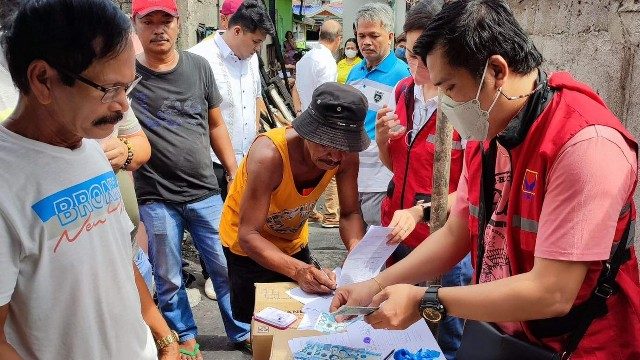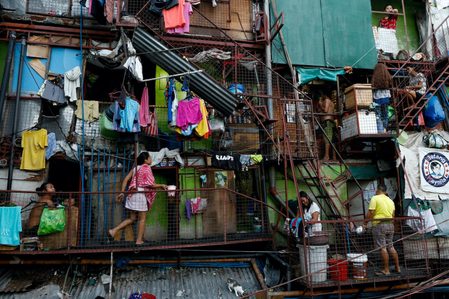SUMMARY
This is AI generated summarization, which may have errors. For context, always refer to the full article.

MANILA, Philippines – There are over 5.6 million Filipino families living in poverty as of 2022, according to findings of the Listahanan 3 survey released by the Department of Social Welfare and Development (DSWD).
This is an increase from 5.2 million families who were identified as poor during the Listahanan 2 survey, which was completed in 2015. In this third iteration of the survey, 15,487,655 households were surveyed by DSWD’s enumerators.
The rise in the number of poor families was mainly due to job losses triggered by the pandemic, DSWD information technology director Andrew Ambubuyog said during a press conference on Wednesday, November 23.
In individual terms, this means two out of five Filipinos are poor, or at least 30 million Filipinos are considered poor. This number is about 27% of the 111 million total Philippine population.
This is much higher than the number of Filipinos who rated themselves poor in the last Social Weather Stations (SWS) survey conducted in October 2022. (READ: 12.6 million Filipino families consider themselves poor – SWS)
The DSWD said they used the proxy means test to measure poverty. According to the World Bank, the proxy means test uses “observable characteristics” of the households and its members to estimate their incomes and consumption when other income data like salary slips or tax returns are unavailable or unreliable.
The survey period began in September 2019 and ended in March 2022. The survey took longer than usual after enumerators could not conduct surveys due to pandemic restrictions.
DSWD’s poverty survey is conducted every four years.
“Listahanan was affected there because we were not able to survey our target. Although after June 2020, we were able to secure permission to continue Listahanan 3,” Ambubuyog said.
Aside from the number of poor households, the survey found more than 1 million Filipino families still have no access to electricity. Majority of these families are in BARMM, Zamboanga Peninsula, and Mimaropa regions.
According to Listahanan’s data, five out of 10, or half of all indigenous peoples households, are poor.
While the Listahanan 3 report was already launched last August, the DSWD has opened up its data in November to be shared with other government agencies, local government units, non-governmental organizations, and civil society organizations to help their services reach their intended beneficiaries.
Regional DSWD offices will also be sharing their local versions of the Listahanan 3 in the coming months. – Rappler.com
Add a comment
How does this make you feel?






There are no comments yet. Add your comment to start the conversation.